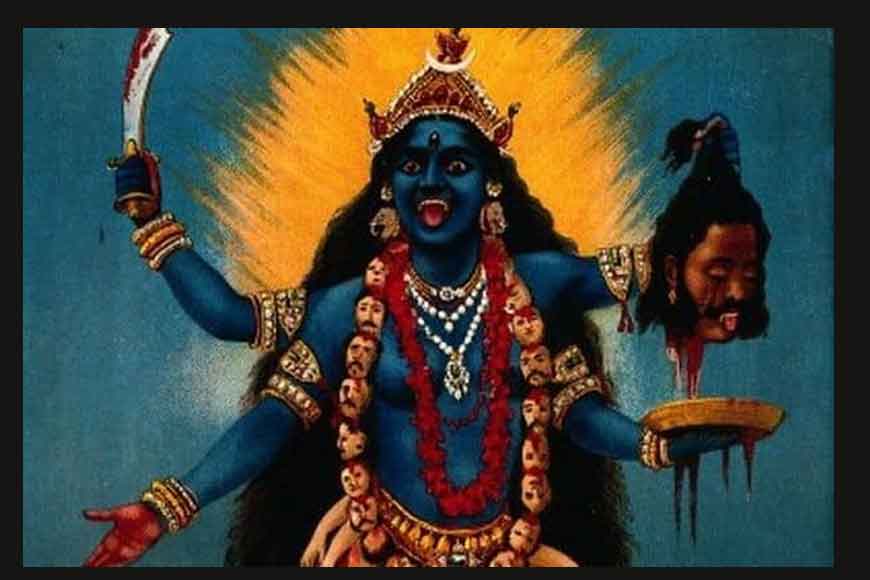Goddess Kali misinterpreted by Western feminists?

Often a question is raised as to how Western feminists view Kali. They have attempted to politicize Kali by relating her to the feminist foundational myth, that believes matriarchy was mankind’s natural state, and original religion was a form of nature-based polytheism that related everything to the Great Mother. At the end of the Paleolithic Age this center of power shifted from the Earth Mother to the Sun God and the dominant symbol of divinity became male. However, in the Indian context, both Ramprasad and Ramakrishna tried to articulate Kali's inexpressible mystery, when they declared she is the highest Brahman and is both immanent and a transcendent reality.
Many Shakta Hindus agree with feminists that deity was originally conceived of as a mother goddess, but they would disagree with feminist writers like Kathleen Alexander-Berghorn, Hallie Iglehart Austen or Paulette Boudreaux who attempted to force the sweeping epic of Indian history into a framework coming from outside their cultural tradition.According to the feminist rewriting of Indian history, at some point in time patriarchal Aryan invaders conquered the matriarchal Indus Valley, whereupon Kali’s paradoxical wholeness of terror was split into dualism by patriarchal consciousness. That might have led to the demonic manifestations of Kali and other goddesses.
However, this western take on Indian Kali might not be true as The Rigveda describes a wholly evil and greatly feared goddess of death and destruction named Nirriti -- Sanskrit for ‘decay’ -- who predates the first mention of Kali by a thousand years. At the same time, there was a mother goddess called Aditi, that indicates Aryans equated the supreme female divinity with wholeness. In Dancing in the Flames, authors Marion Woodman and Elinor Dickson look at Kali through the lens of Jungian psychology and see her primarily as a transformer. They conclude that true transformation lies in the death of the ego and in releasing all the false values that the ego clings to out of fear. They visualize Kali's blackness as a vortex, from which all creation emerges and to which it returns. In this whirling cosmic dance of perpetual becoming, Kali simultaneously creates and destroys with laughter and abandon, intoxicated with the paradox that death feeds on life and life feeds on death in a ceaseless round. It is necessary to enter the terrifying chaos and spontaneity of our own true nature, to risk madness and become mad like Kali herself in order to let go of the familiar landscape of our own restrictions. Kali's healing and empowering energy is not thus just for women, but also for men wounded by ‘patriarchy’ (Woodman and Dickson 1996: 88).
Kali of Western feminists is not the universal goddess and Divine Mother with whom adoring Shakta Hindus seek transcendental union. For the moment she is one archetypal energy among many goddess energies internalized for various aspects of psychological or spiritual empowerment and healing. She is a transformer, limited to the immediate task of self-actualization in the here and now. It is not that Western feminists have changed Kali but that they have thus far embraced only a small part of her, failing to understand her immense presence.









